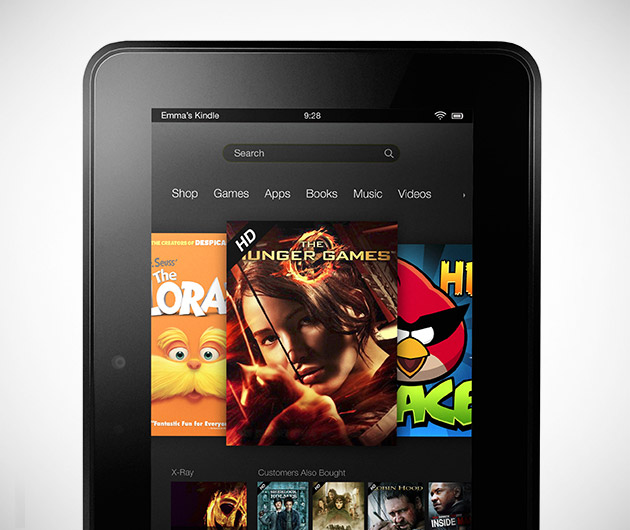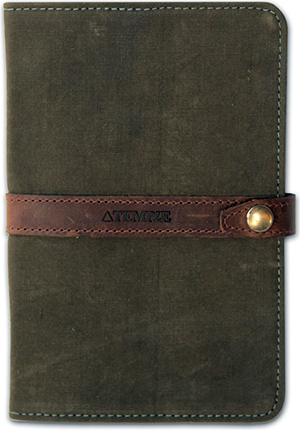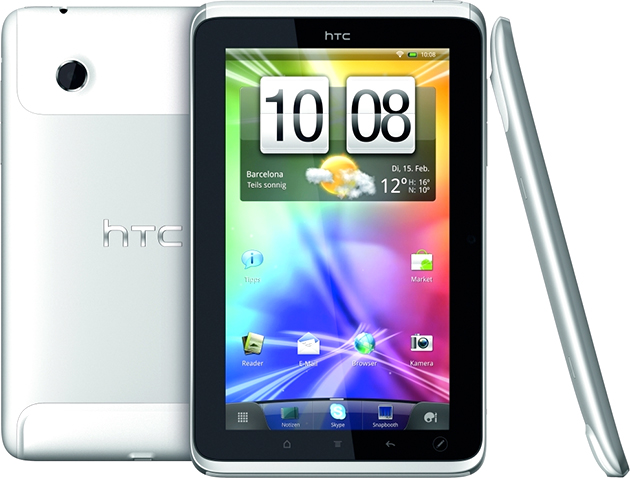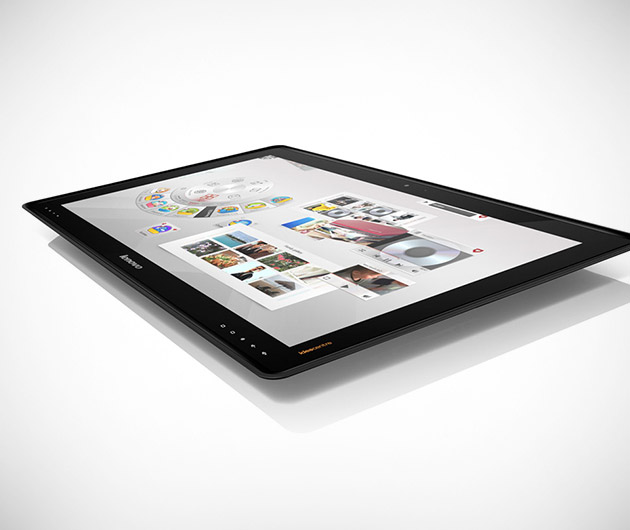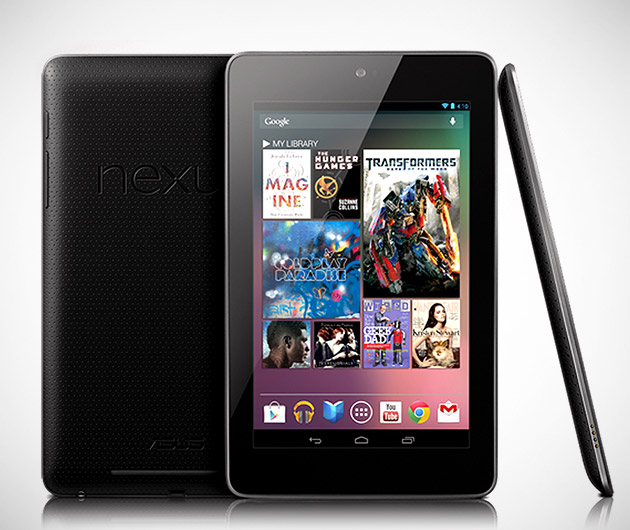Surface Pro 12 vs Surface Pro 13: Picking the Right One for Your Workflow
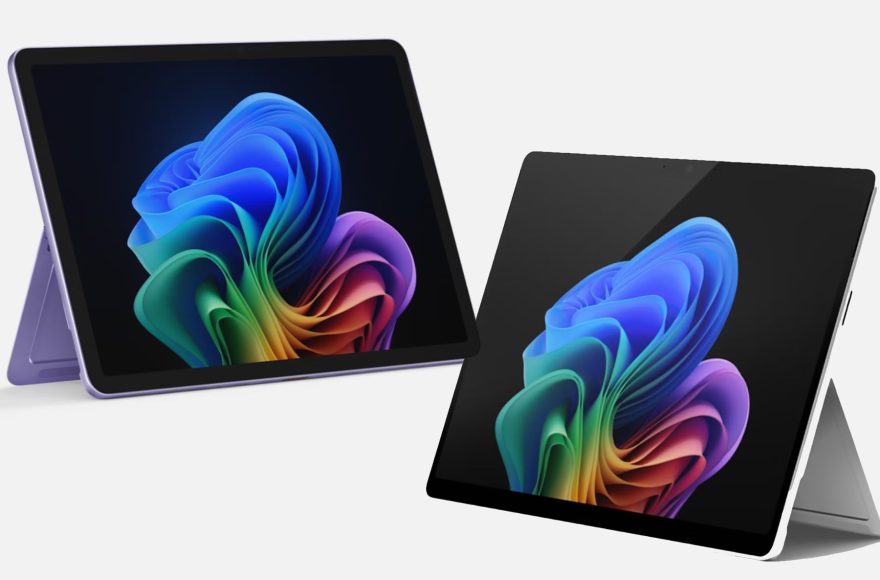
Microsoft’s new Surface Pro lineup introduces two takes on the same idea. Both run Windows 11 and are Copilot+ PCs, but they don’t serve the same kind of user. The 12-inch model keeps things compact and light, while the 13-inch version offers a full laptop experience. If you’re deciding between the two, it comes down to how much work you expect from your machine and how mobile your day-to-day life really is.
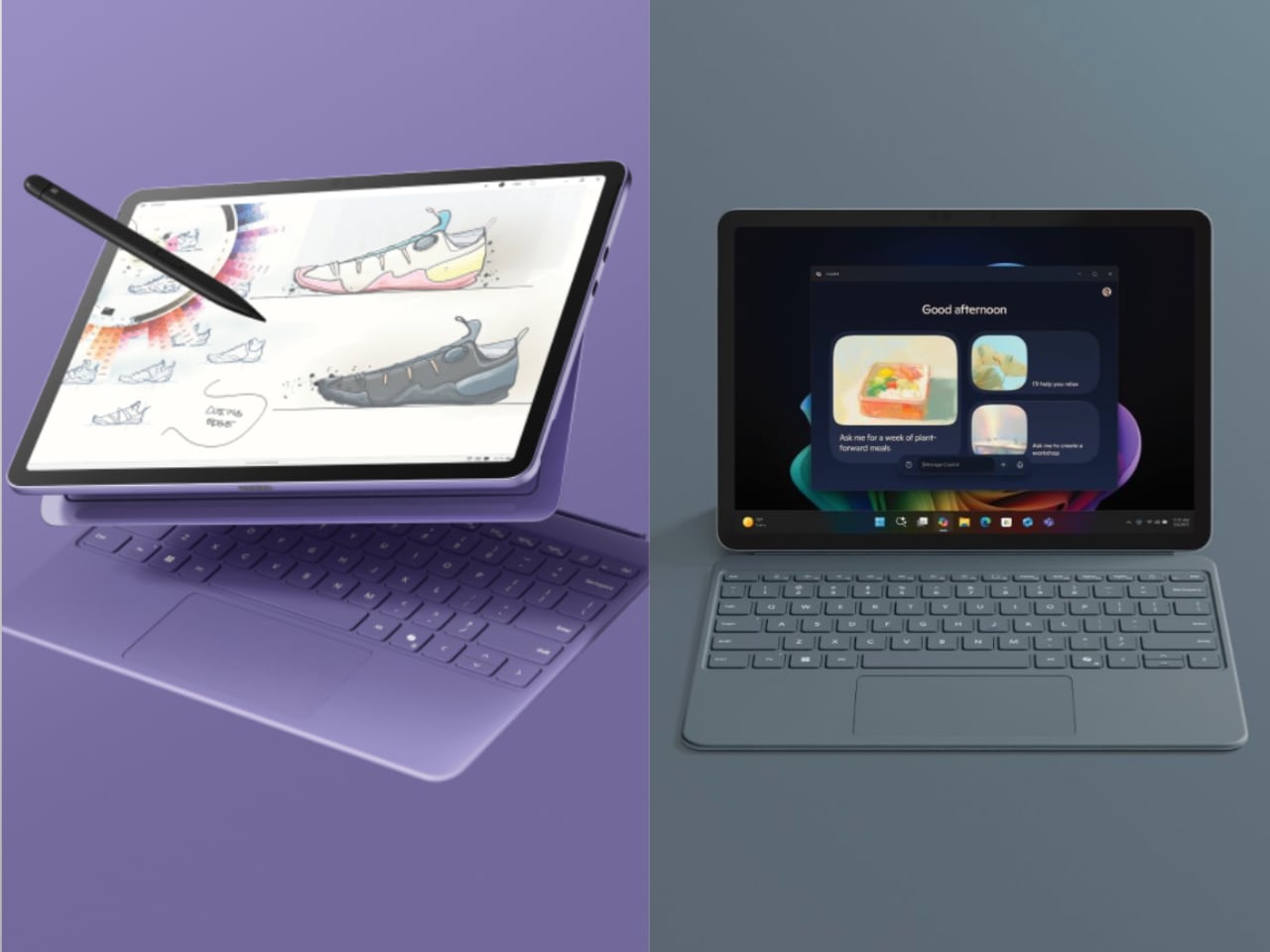
The Surface Pro 12 is the easier carry. It weighs less, fits tighter into bags, and feels more natural in the hand when used as a tablet. The 2196 x 1464 display holds up fine for reading, editing documents, and watching media, with a 90Hz refresh rate that keeps movement clean. The 13-inch Surface Pro moves up to 2880 x 1920, which sharpens everything from fonts to UI elements. It also supports up to 120Hz and comes with an OLED option that improves contrast, black levels, and overall screen richness. The extra inch adds more breathing room without feeling oversized.
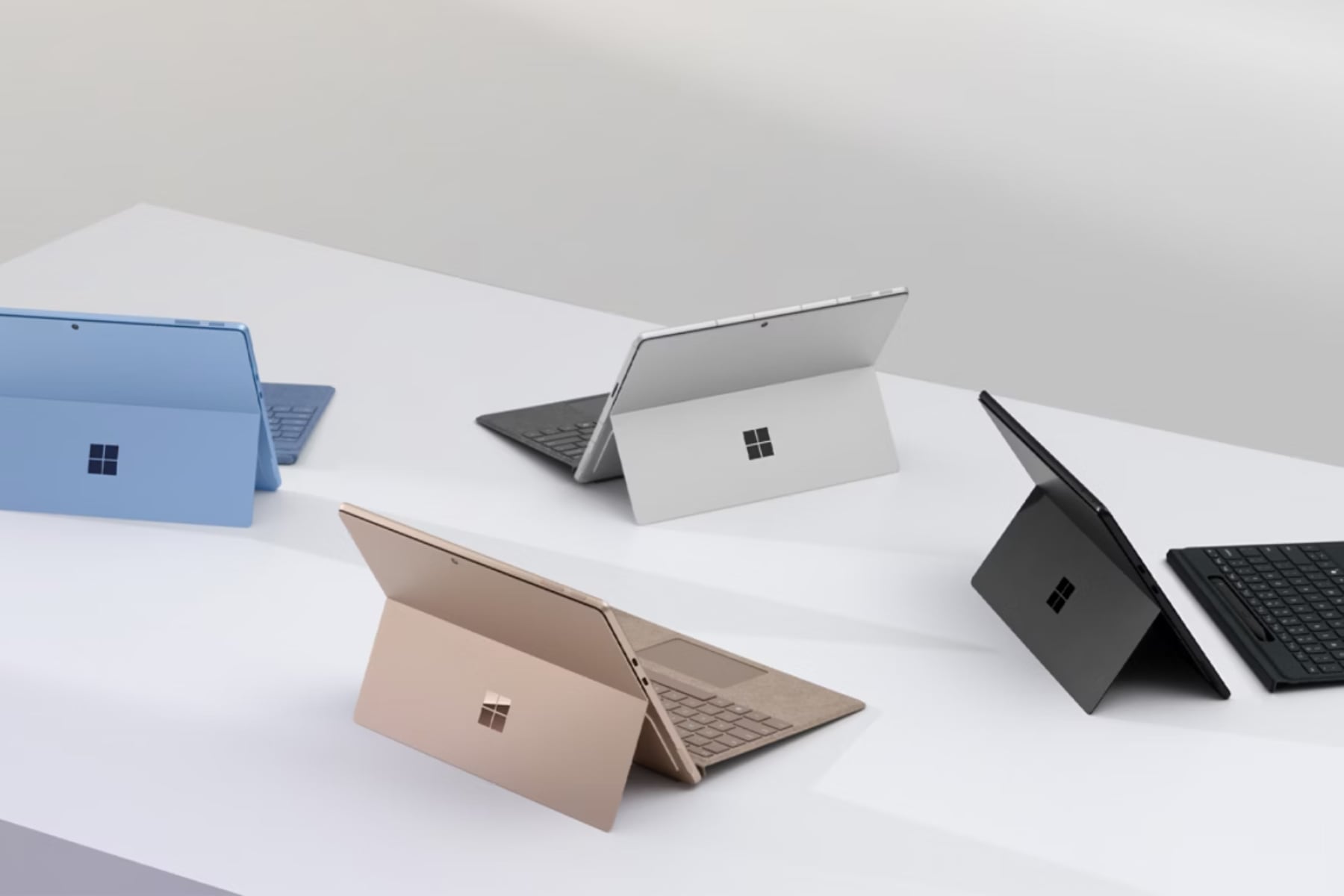
Inside, there’s more that separates them. The Pro 12 runs on an 8-core Snapdragon X Plus chip. That’s good enough for web apps, creative tools, and everyday use. The 13-inch Pro adds configuration options for a 10-core or 12-core processor. That upgrade opens more headroom for heavier workflows. The added power keeps the system fluid under load if you work with photo layers, long renders, or development environments. Memory is fixed at 16GB on the smaller model. The Pro 13 starts there but can scale up to 32GB. Storage follows the same pattern. The 12 tops out at 512GB, while the 13 can be specced with up to 1TB.
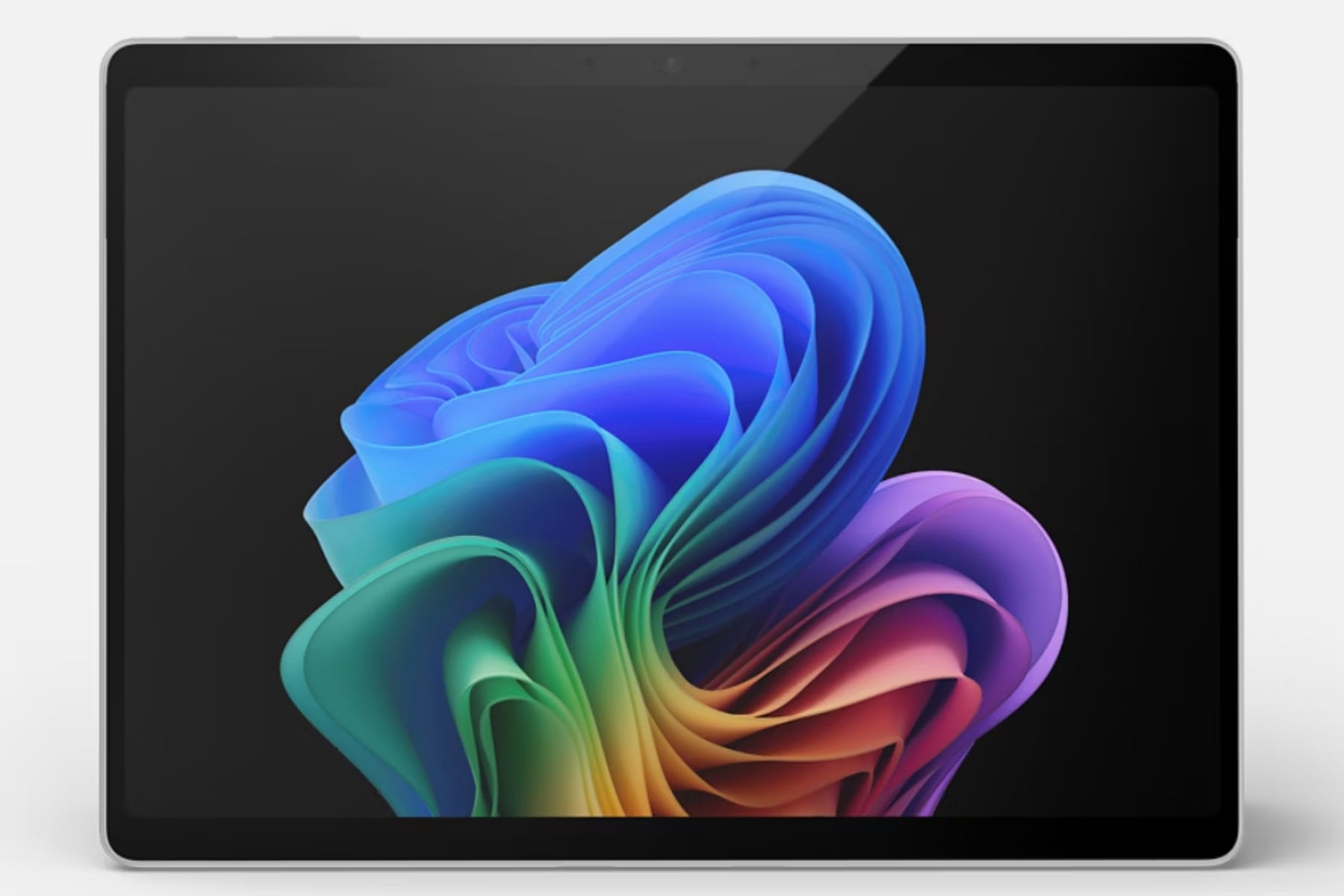
Battery life leans slightly in favor of the smaller Surface. It’s rated for up to 16 hours of local playback, compared to 14 on the 13-inch version. That might not sound huge, but the extra time matters on long flights or workdays without charging. What’s more important is how they charge. The Surface Pro 12 doesn’t come with a charger. You’ll need to use any USB-C adapter rated 27W or higher. The 13-inch model includes a 39W power supply in the box. Both support USB-C charging, but the Pro 13 goes a step further with full USB4 compatibility. That means faster speeds when transferring data or plugging into external displays.
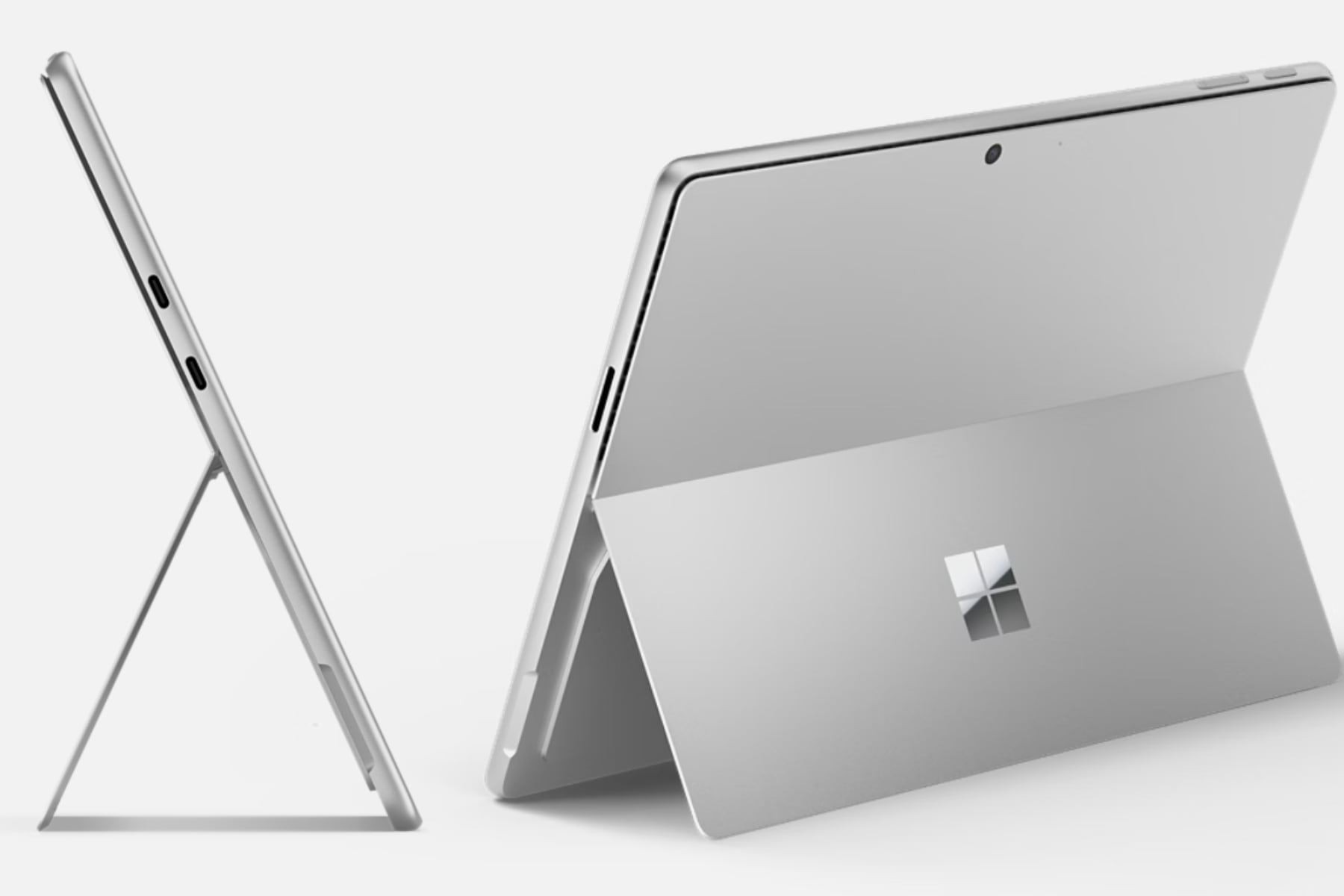
Network options push the Pro 13 even further. Both machines support Wi-Fi 7, but only the larger model offers built-in 5G. That could make a big difference if you constantly work in the field or switch between workspaces without reliable Wi-Fi. The port setup is the same with two USB-C ports, but the USB4 support provides the Pro 13 with greater flexibility for future expansion.
If your workday mainly involves writing, browsing, video calls, and light media creation, the Surface Pro 12 will feel fast, focused, and portable. It’s easy to set up and travel with and doesn’t weigh you down. For users needing more processing power, storage, and a better display, the Surface Pro 13 makes the case for stepping up. It works better as a full-time laptop and supports more professional use cases.
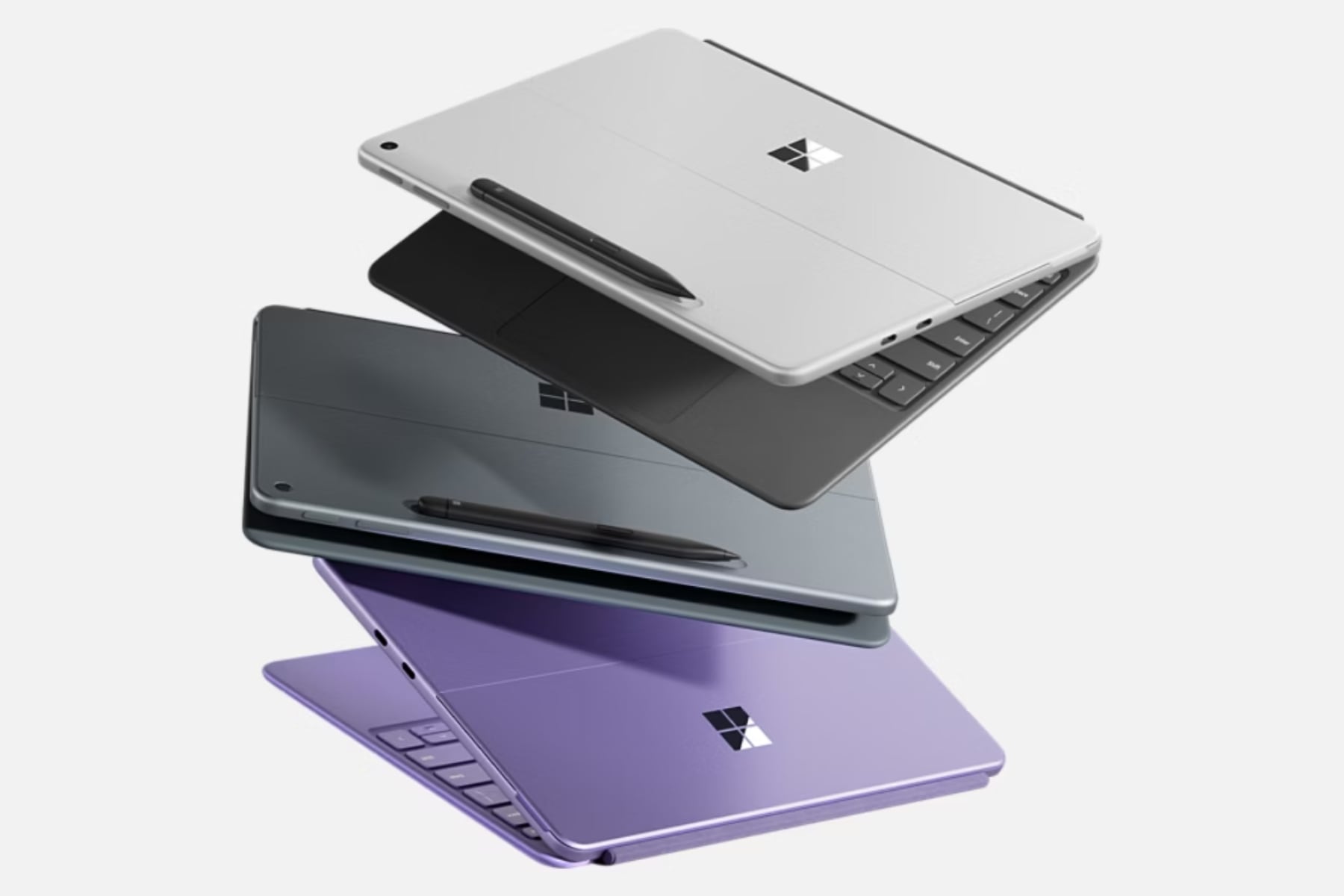
The Surface Pro 12 and 13 follow the same design approach with pen support, magnetic keyboards, and built-in Copilot integration. What separates them is how far you need the device to stretch. If you’re focused on portability and daily essentials, the 12-inch model is all you need. If your workload is heavier or growing fast, the 13-inch version gives you the room to scale.
